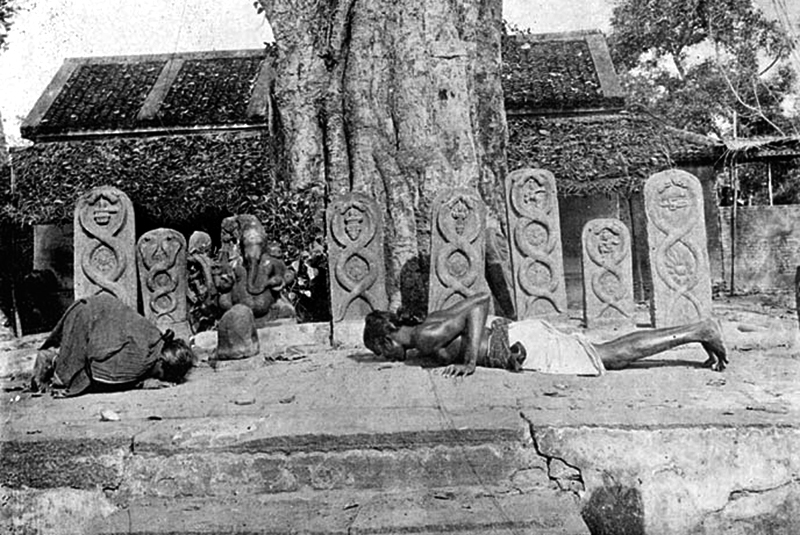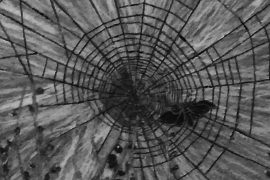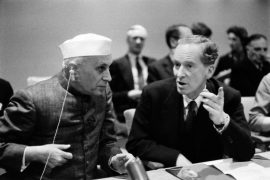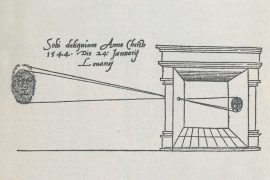In recent history, it’s been taken for granted that the North and South India are distinct halves. Racial theories, which gained prominence under the British, cultivate the idea of an “Aryan” North historically displacing a “Dravidian” South. South Indians are often depicted as dark-skinned Asuras (demons) in mythology. Other forms of distinction also remain prevalent, most notably in advertisements.
This racial theory is treated as a myth by Dr B.R. Ambedkar, who instead suggests that North and South alike were once home to a tribal snake-worshipping people who predated most else.
In his book, “The Untouchables,” Ambedkar asks:
When students of ancient Indian history delve into the ancient past they do often come across four names, the Aryans, Dravidians, Dasas and Nagas. What do these names indicate? This question has never been considered. Are these names Aryans, Dravidians, Dasas and Nagas the names of different races or are they merely different names for a people of the same race?
He notes that among the pantheon of Hindu gods, a snake god named Ahi Vitra is mentioned in the Rig Vedas as an enemy of Indra (god of heaven), and those who worshipped him were not Aryans. In later hymns, the name Naga (snake) began to apply to a snake god.
Copyright©Madras Courier, All Rights Reserved. You may share using our article tools. Please don't cut articles from madrascourier.com and redistribute by email, post to the web, mobile phone or social media.Please send in your feed back and comments to editor@madrascourier.com











